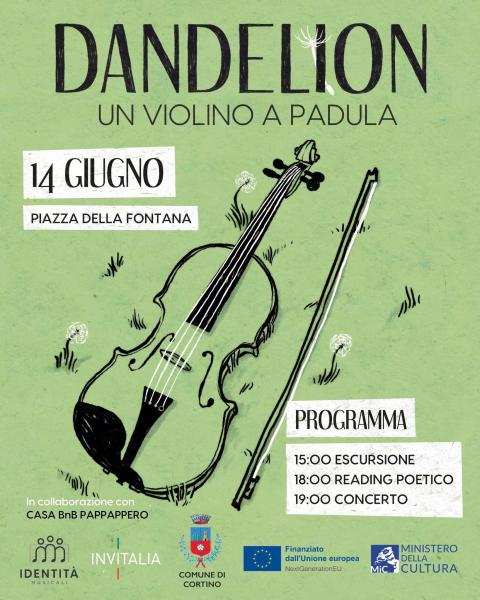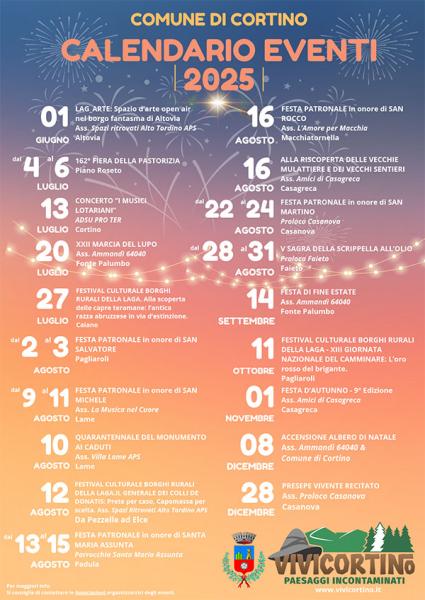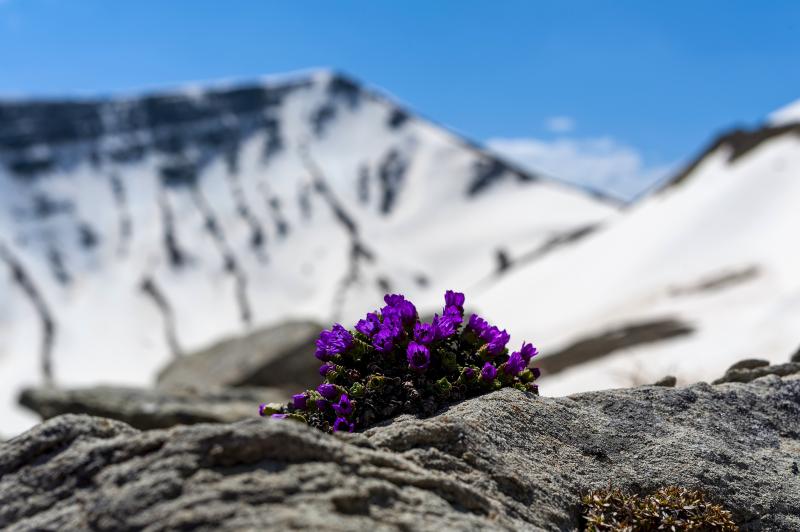
Handicraft
In ancient times, in the territory of Cortino, the lack of major resources necessitated adaptation for survival. The scarcity of roads and means of communication, often nonexistent, forced the community to solve its problems locally. Thus, everyone practiced a trade useful to the community, such as blacksmith, shoemaker, tailor, carpenter, farmer, miller, baker, stonemason, woodcutter, charcoal burner, wool worker, weaver, and many others. Today, only a few of these ancient professions survive:
The tradition of wicker basket weaving
In the past, reed beds and willow trees were valuable to the community, and every farmer took care of their growth. Carefully cut, the willows and reeds were used for making containers. The basket maker, often the farmer himself, was a skilled craftsman who created containers of various shapes and sizes by weaving willows and reeds, or just willows. These included the fiasco and the demijohn covered in wicker to protect the glass, the "virti" for olive harvesting, large pack baskets for mules and donkeys, baskets with handles for manually transporting heavy goods, the "canestro" with two handles on the rim and cylindrical shape, the "canestrello" with the classic arch handle, and finally small baskets for fruit, sweets, and flowers of every shape and size. In Casanova, a fraction of Cortino, Mr. Lorenzo is still a master in this ancient art and passionately guards the secrets of working with willows and reeds. (to be verified)
Lace and Embroidery
Lace and embroidery are an ancient and fascinating tradition that brings to mind the times when brides-to-be used to have trousseaus with lace and embroidery on sheets, pillows, towels, blankets, tablecloths, table centers, curtains, and valances. These fabrics were richly decorated with lace and crochet, bobbin lace, cross-stitch, and other patterns made by mothers, grandmothers, or aunts. Today, with increasingly hectic life rhythms, we no longer have the time to dedicate to these activities, but there are still some people who continue this tradition. For example, in Valle San Giovanni, there is a commendable initiative led by Mrs. Antonella Cimini, an expert embroidery teacher, who teaches this art to twenty pupils who have now become very skilled and capable of creating unique and high-quality works of art. (to be verified)
Stone Processing
The tradition of stone processing is deeply rooted in the territory of Cortino. In this area, sandstone, a high-quality stone found starting from 600 meters above sea level, especially near Faieto, Casanova, Cortino, and Padula, is used. This stone has a hardness and a color envied by many, so much so that an expert quarryman from northern Italy decided to open a quarry in these areas.
The working of sandstone has left many testimonies, such as portals and fireplaces that are true masterpieces of art, created over the last four centuries and still in excellent condition today. Currently, stone work is limited to squaring for the construction of building corners, doors, and windows. Skilled craftsmen in this field can be found in Padula and Faieto.
In recent years, exhibitions and conferences have been organized to enhance the tradition of the "stonemason" and bring this art back to its former glory.
A testimony to this ancient art are the Fireplaces we find in Padula and Elce:
The Giampietro Fireplace in Padula
This fireplace was created in 1920 by "master Achille" on the occasion of the construction of Giuseppe De Amicis's house. Originally located on the first floor in the kitchen, in 1968, during the transformation of the house into a hotel, the fireplace was dismantled, cleaned of smoke, and reassembled in the bar room on the ground floor. The horizontal beam features side bas-reliefs of fish and flower vases and in the center an oval frame with a supernatural figure of sea and land on the profile of mountains, with the inscription "INCIPIT VITA NOVA" and to the right, the inscription "ITN", held by a mysterious figure. On the supporting side columns, there are bas-reliefs on the front of faces and various decorations.
The De Camillis Fireplace in Elce
This imposing fireplace is located in the large kitchen of the De Camillis family home. On the large horizontal sandstone are carved bas-reliefs showing in the center a human face with the inscription "1837, year of construction" and on the sides two angel faces. The two vertical stones present various bas-relief decorations on the front.





